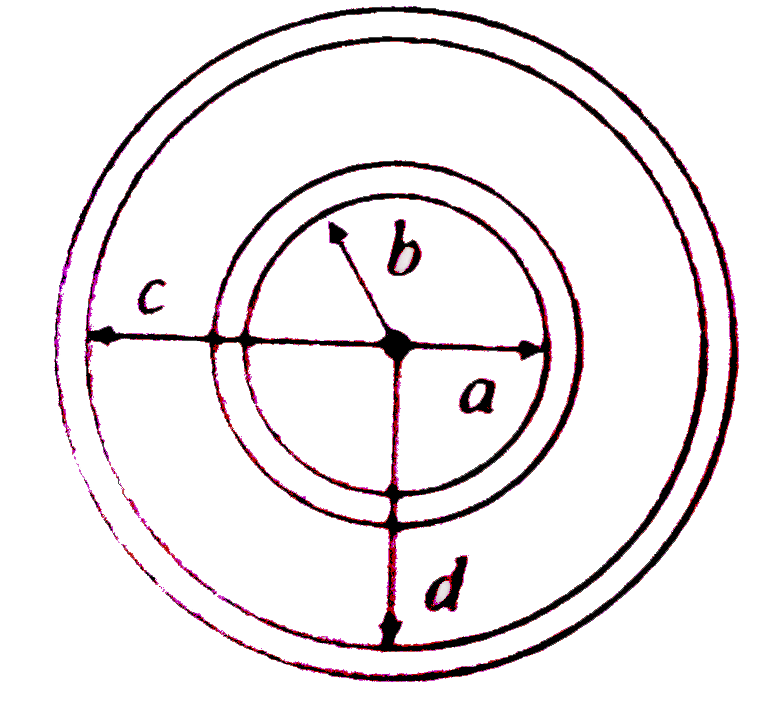In ovule, cuticle is present over
(a) Outer part of integument
(b) Outer part of nucellus
(c) Surface of both nucellus and integuments
(d) None of the above
Outer part of integument
Outer part of nucellus
Surface of both nucellus and integuments
None of the above.
To solve the question regarding where the cuticle is present in the ovule, we can follow these steps:
1. Understand the Structure of an Ovule:
- An ovule consists of several parts, including the integuments and the nucellus. The integuments are protective layers that surround the nucellus.
2. Define Cuticle:
- A cuticle is a waxy layer that serves to protect and reduce water loss. In the context of plants, it is typically found on the outer surfaces of leaves and stems, but it can also be present in other structures like ovules.
3. Identify the Location of the Cuticle:
- The cuticle in an ovule is primarily found on the outer part of the integuments. It acts as a protective layer over the integument, which is the outer covering of the ovule.
4. Evaluate the Options:
- (a) Outer part of integument: This is correct as the cuticle is present here.
- (b) Outer part of nucellus: This is incorrect; the cuticle does not cover the nucellus directly.
- (c) Surface of both nucellus and integuments: This is incorrect; the cuticle does not cover the nucellus.
- (d) None of the above: This is incorrect since option (a) is correct.
5. Conclusion:
- Based on the analysis, the correct answer is (a) Outer part of integument.
Final Answer:
(a) Outer part of integument
- An ovule consists of several parts, including the integuments and the nucellus. The integuments are protective layers that surround the nucellus.
- A cuticle is a waxy layer that serves to protect and reduce water loss. In the context of plants, it is typically found on the outer surfaces of leaves and stems, but it can also be present in other structures like ovules.
- The cuticle in an ovule is primarily found on the outer part of the integuments. It acts as a protective layer over the integument, which is the outer covering of the ovule.
- (a) Outer part of integument: This is correct as the cuticle is present here.
- (b) Outer part of nucellus: This is incorrect; the cuticle does not cover the nucellus directly.
- (c) Surface of both nucellus and integuments: This is incorrect; the cuticle does not cover the nucellus.
- (d) None of the above: This is incorrect since option (a) is correct.
- Based on the analysis, the correct answer is (a) Outer part of integument.
(a) Outer part of integument
Topper's Solved these Questions
- NO IDEABOOK - DINESH PUBLICATION ENGLISHCHAPTER - NO IDEAEXERCISE - Brain Teasers
37 Videos
- NO IDEABOOK - DINESH PUBLICATION ENGLISHCHAPTER - NO IDEAEXERCISE - Brain Teasers
37 Videos
- MOLLUSCABOOK - DINESH PUBLICATION ENGLISHCHAPTER - MOLLUSCAEXERCISE - CYG
10 Videos
- ORGANISMS AND THE ENVIRONMENTBOOK - DINESH PUBLICATION ENGLISHCHAPTER - ORGANISMS AND THE ENVIRONMENTEXERCISE - CYG
17 Videos
Similar Questions
In frog, teeth occur on
(a) lower jaw only
(b) upper jaw only
(c) both a and b
(d) none of the above
View SolutionSecondary growth occurs in
(a) Riccia
(b) Funaria
(c) Selaginella
(d) None of the above
View SolutionSarcomere is the unit of
(a) Contraction
(b) Relaxation
(c) Contraction and relaxation
(d) None of the above
View SolutionWhen day light hours are increased, the rate of photosynthesis
(a) Increases
(b) Decreases
(c) Remains unchanged
(d) None of the above
View SolutionA small conducting spherical shell with inner radius a and outer radius b is concentric with a larger conducting spherical shell with inner radius c and outer radius d. The inner shell has total charge +2q and the outer shell has charge +4q.
(i) What is the total charge on the (a) inner surface of the small shell, (b) outer surface of the small shell (c) inner surface of the large shell, (d) outer surface of the large shell ?
(ii) Calculate the electric field in terms of q and the the distance r from the common centre of two shells for (a) r<a, (b) a<r<b, (c) b<r<c, (d) c<r<d, (e) r>d

View SolutionWhich one is present in prokaryotes ?
(a) Nucleus
(b) Golgi apparatus
(c) Mitochondria
(d) None of the above.
View SolutionEchinodermate possesses
(a) Pseudocoelom
(b) Schizocoelom
(c) Enterocoelom
(d) None of the above
View SolutionPigeon excretes
(a) Urea
(b) Ammonia
(c) Uric acid
(d) None of the above
View SolutionDDT is
(a) green house gas
(b) degradable pollutant
(c) non-degradable pollutant
(d) None of the above
View SolutionLymph is without
(a) Leucocytes
(b) Plasma
(c) Erythrocytes
(d) None of the above
View Solution
